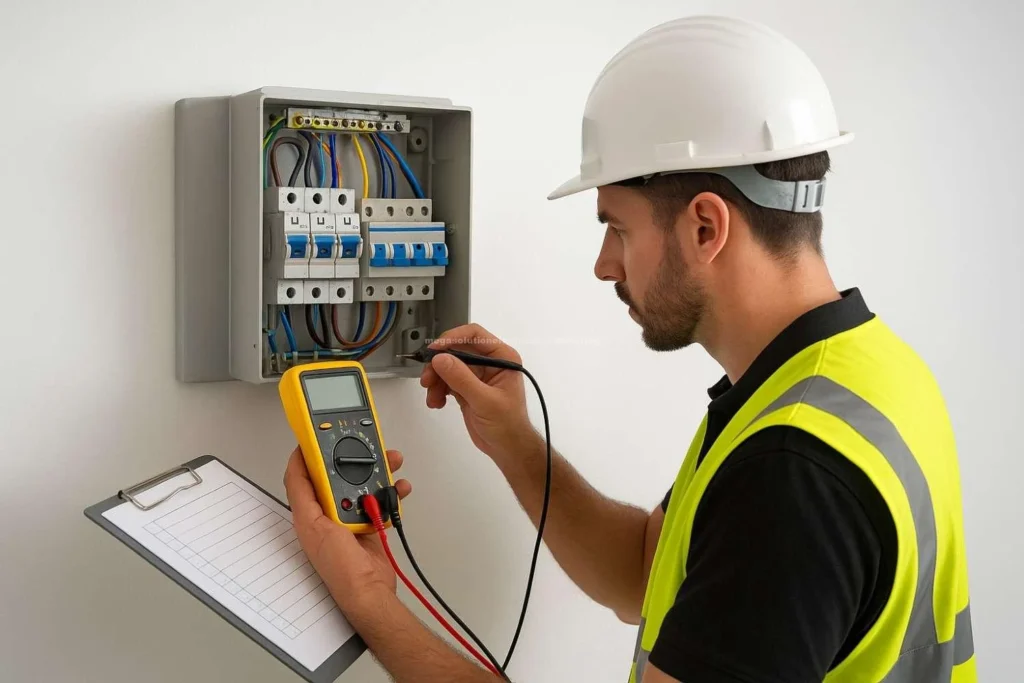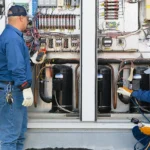An electrical inspection is one of the most critical steps in ensuring a home or business is safe, efficient, and compliant with regulations. These inspections not only help identify potential hazards but also confirm that installations or upgrades meet established standards and regulations. Preparing properly can make the process much smoother and less stressful. It allows both the homeowner and the electrician to address any issues beforehand and present the property in the best possible condition for review. When inspections are approached with careful preparation, they often proceed more quickly, reduce the likelihood of delays, and help avoid costly rework. The goal is to make sure the system is in proper working order and any deficiencies are corrected before the inspection begins. Understanding how to prepare for such a necessary process can save time, money, and effort while ensuring safety remains a top priority.
Getting ready for a smooth inspection
- Organizing documentation and records
Before an electrical inspection takes place, it is essential to gather all documentation related to past work, upgrades, and permits. Inspectors will often request to see these records to verify that the work being evaluated has been properly authorized and completed in accordance with standards. Having building permits, diagrams, and records of repairs on hand demonstrates responsibility and helps the inspection proceed without unnecessary questions. Homeowners should also ensure that warranties or product information related to panels, circuit breakers, or major electrical components are readily accessible. This step not only helps the inspector but also provides peace of mind for the property owner, knowing that everything is transparent and in order. In areas such as Florida, working with a trusted professional like a Vero Beach Electrician ensures that all paperwork is complete and accurate, further simplifying the preparation process. Proper documentation creates clarity and prevents misunderstandings that can cause inspections to stall or fail unnecessarily.
- Checking accessibility and safety
Another critical part of preparation is ensuring that all electrical areas are easily accessible to the inspector. Panels, outlets, junction boxes, and wiring must be clear of clutter, furniture, or obstacles that would make examination difficult. Inspectors need to be able to approach these areas safely, so the property should be organized in a way that eliminates potential hazards or blockages. If a breaker panel is in a garage or basement, for example, homeowners should remove storage items that may be stacked in front of it. This not only saves time during the inspection but also shows that the property is maintained with safety in mind. Inspectors appreciate environments where they can move freely and focus on their work without unnecessary complications. Taking this step in advance prevents frustrating delays and contributes to a smoother overall process. Safety and accessibility go hand in hand, and addressing them is one of the most practical preparations for an inspection.
- Reviewing the functionality of fixtures and systems
Beyond paperwork and accessibility, homeowners should take time to review the functionality of their fixtures and systems before the inspection. This includes testing light switches, outlets, and appliances to confirm that they operate as expected. Burned-out bulbs, non-functioning outlets, or flickering lights may seem minor, but they can raise red flags for inspectors. Ensuring that all breakers are properly labeled is another crucial step, as it enables the inspector to identify which circuits serve which parts of the home easily. Even simple fixes, such as tightening loose outlet covers or replacing worn switch plates, can make a significant difference in how the system is perceived. Addressing these minor issues before the inspector arrives avoids unnecessary complications and portrays the property as well-cared-for. By identifying and correcting problems early, homeowners make the inspection more efficient and reduce the risk of follow-up visits or additional costs.
Read More: https://acubi.us/hvac-contractors/
- Coordinating with your electrician
The most valuable preparation step is scheduling time with your electrician before the inspection. A professional walk-through helps uncover problems that may otherwise go unnoticed. Electricians can identify outdated wiring, overloaded circuits, or grounding issues that could lead to an inspection failure. They also ensure that recent upgrades or repairs meet current standards, providing reassurance before the inspector arrives. Having this proactive collaboration means that any necessary adjustments can be made in advance, avoiding the stress of last-minute surprises. It also gives homeowners the opportunity to ask questions and gain a better understanding of their system’s condition. By working directly with the electrician, property owners gain confidence that their home is ready for review. This preparation not only benefits the outcome of the inspection but also ensures long-term safety and performance of the electrical system.
Preparing for an electrical inspection is about more than passing a requirement—it is about ensuring the safety, efficiency, and reliability of a property’s electrical system. From gathering documentation and clearing access points to reviewing functionality and coordinating with an electrician, each step plays a crucial role in creating a seamless process. These efforts prevent delays, reduce costs, and provide assurance that the system meets established standards. Taking preparation seriously helps both homeowners and inspectors achieve their goals without unnecessary stress. A properly prepared inspection not only confirms compliance but also strengthens peace of mind, knowing that the electrical system is safe and dependable for years to come.



